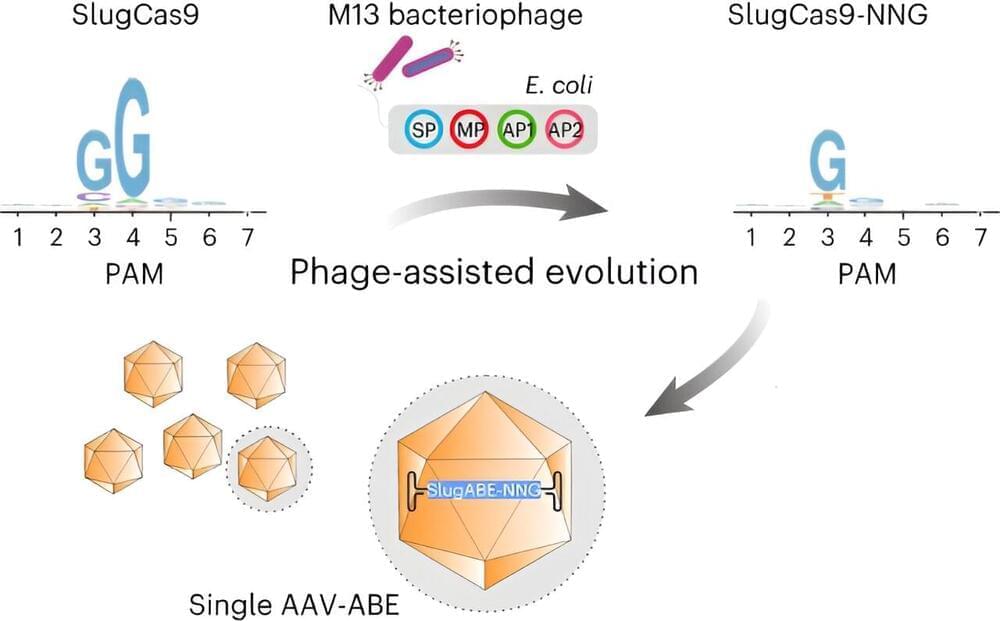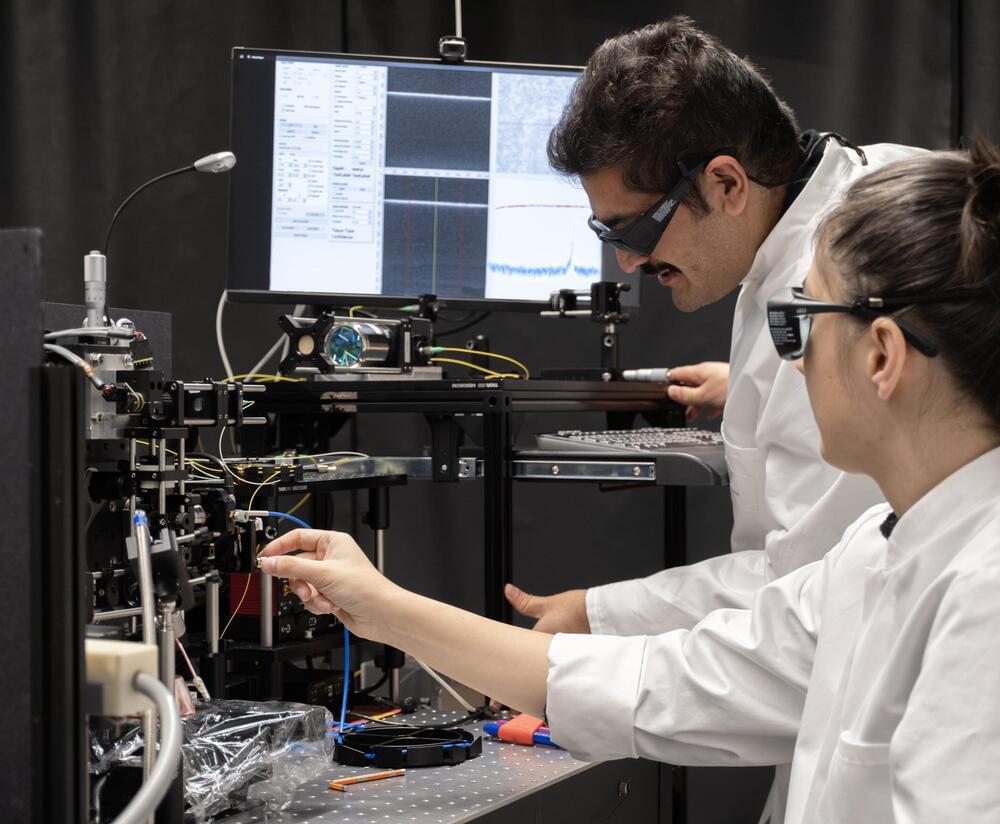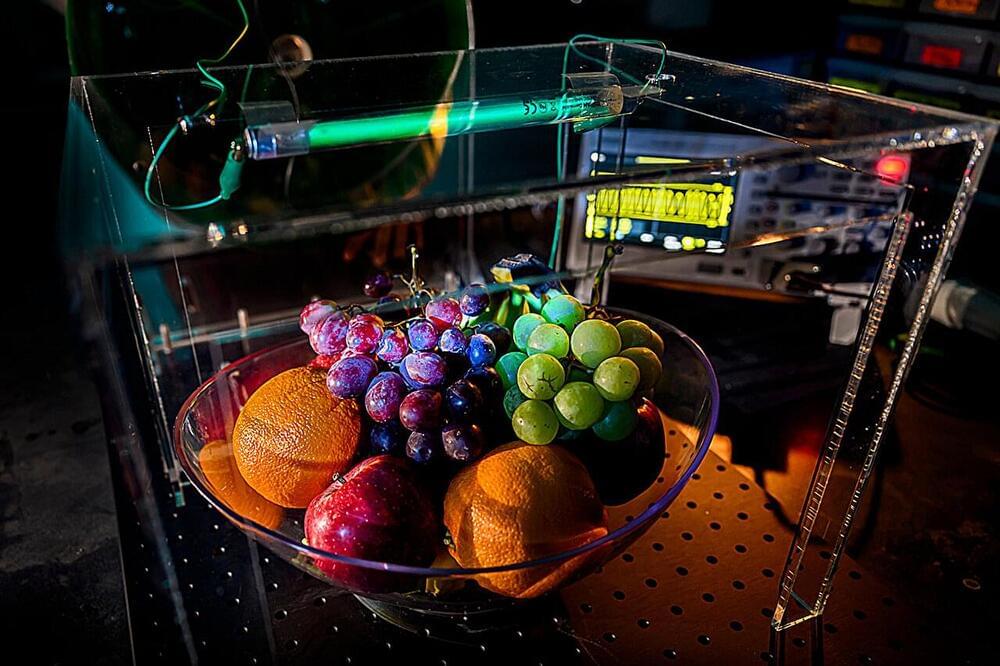As if space travel didn’t present enough challenges — from bone thinning and an elevated risk of cancer to the sheer tedium of spending months confined to a small capsule — scientists have now warned that prolonged exposure to microgravity and cosmic radiation could lead to erectile dysfunction.
For a NASA-funded study, published in The Faseb Journal, researchers exposed rats to doses of radiation equivalent to that found in deep space, and suspended them in harnesses to simulate weightlessness for four weeks. A year later the blood supply to the rats’ erectile tissue was found to be impaired, apparently mainly as a result of the radiation. The scientists described it as “a new health risk to consider with deep space exploration”, but said that there were signs it could be treatable. When astronauts are in orbit, such as on the International Space Station, they are protected from cosmic radiation by Earth’s magnetic field, which deflects the rays. Further out, they’re fully exposed, and transporting the material needed to shield them is difficult and expensive.








